Fukushima
Samurai history at Tsuruga Castle and Aizuwakamatsu, the spirit of the Edo-period in Ouchijuku, mysterious hues of the Goshikinuma lakes and ponds, active days out in the snowy natural surroundings of Urabandai, and the aquarium and wide range of leisure activities of Iwaki
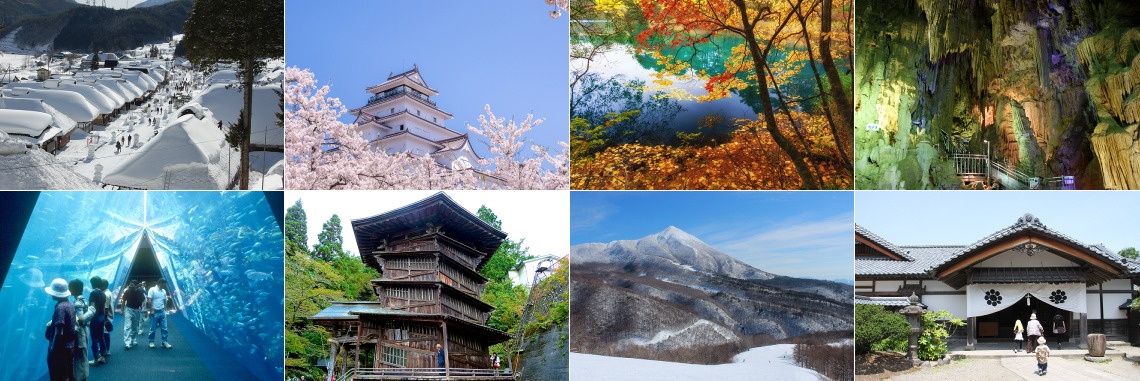
Fukushima’s beautiful natural wonders
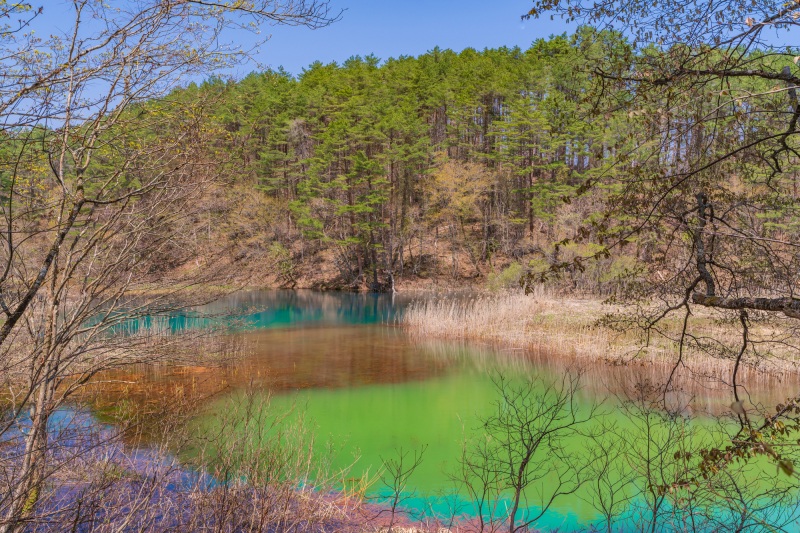
Goshikinuma Lake
Goshikinuma, literally meaning “Five Coloured Ponds”, is a group of volcanic lakes, ponds and marshes. The ponds take their name from the mysterious hues that vary in colour depending on the season, weather and angle of view. The complex actually consists of more than five ponds including the renowned Bishamon-numa, Aka-numa, Midoro-numa, Tatsu-numa, Benten-numa, Ruri-numa, Ao-numa and Yanagi-numa.
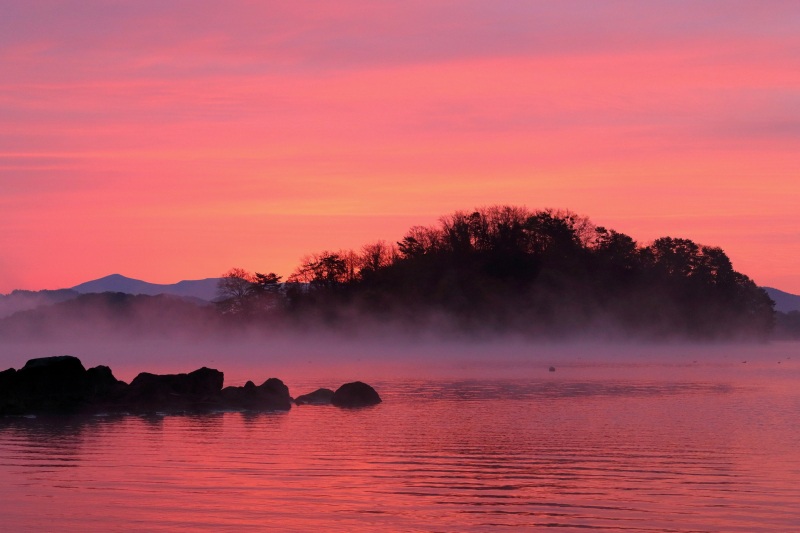
Lake Hibara
Among a cluster of lakes and ponds created by the eruption of Mount Bandai, Lake Hibara, the largest lake in Urabandai, is dotted with beautiful islands of various sizes. From spring cherry blossoms to verdant summer greens, autumnal leaves and snowy winter scenes, the lake attracts visitors with magnificent views throughout the year.
Pleasure boat rides are available from late April to early November. Enjoy the views of the beautiful islands of the lake and Mount Bandai’s crater from the water and admire Mother Nature’s creation!
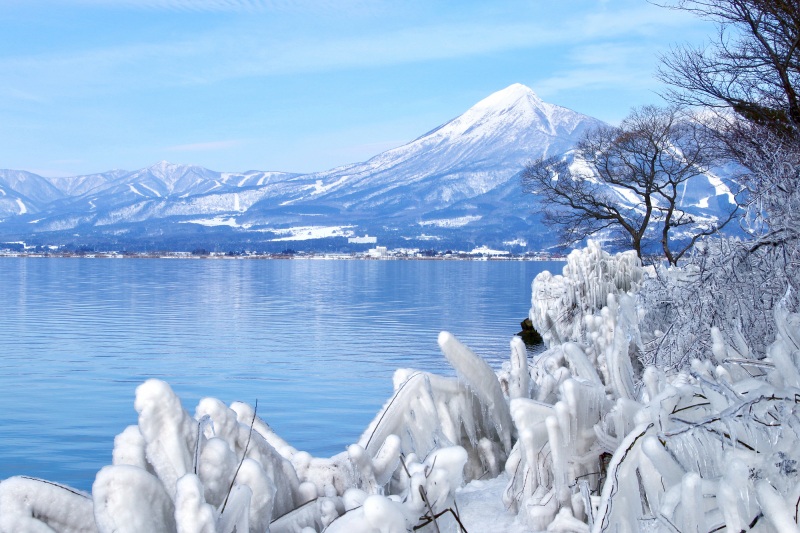
Lake Inawashiro
The 100km2 Lake Inawashiro is one of the largest lakes in Japan. The lake is so big that you may feel as if you were standing by the sea. The crystal clear water gives rise to the colloquial name of “Tenkyo-ko”, the lake of heaven’s reflection.
The lake attracts visitors all year round with its seasonal charms. A spring walk along the lake offers a magnificent view of Mount Bandai framed in cherry blossoms. Summer attractions at the lake include camping, swimming and a wide range of water sports. The surrounding autumnal leaves reflect picturesquely on the water while a flock of migratory swans lives here during winter.
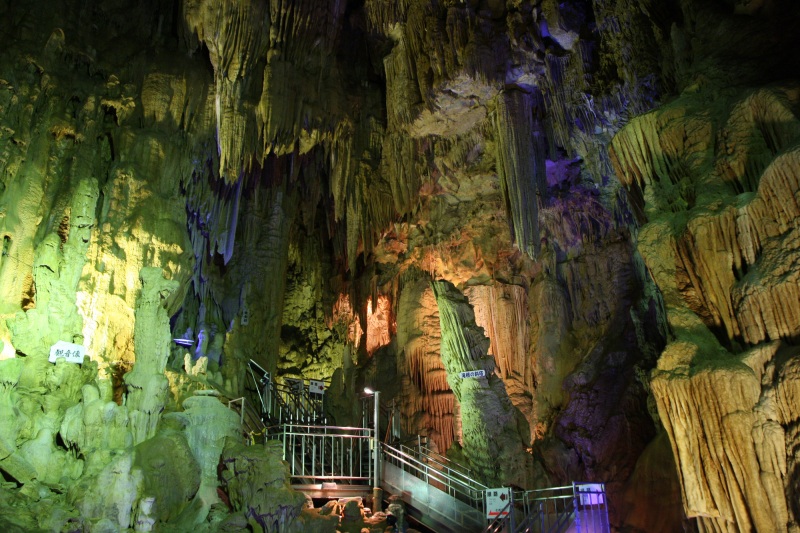
Abukumado Limestone Cave
Experience nature’s incredible artwork created over the course of 80 million years!
The 600m stretch of the Abukumado Limestone Cave contains the largest number and variety of stalactites in the East.
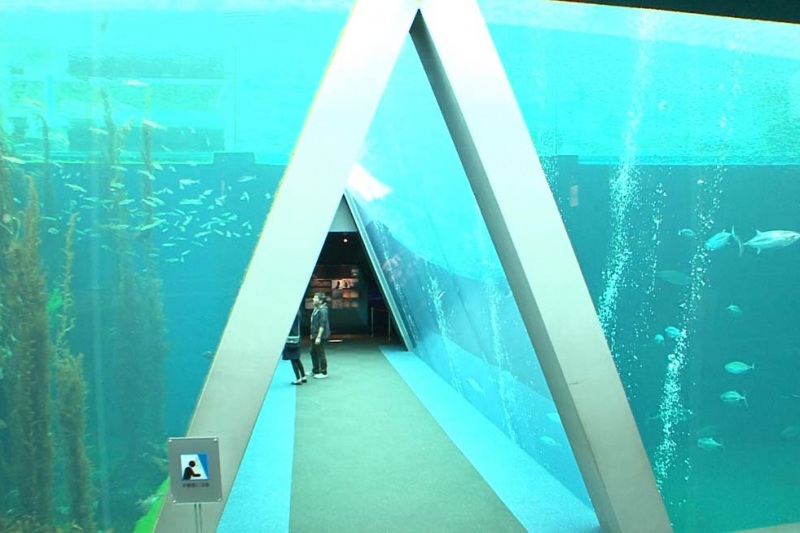
Aquamarine Fukushima
Facing the Pacific Ocean, the Fukushima coast is where the warm Kuroshio Current and the cold Oyashio Current meet.
Located at the junction of these currents, the Aquamarine Fukushima aquarium offers exhibitions on marine subjects including regional ecosystems, life in coral reefs and the evolution of marine species. The highlight is the large main tank known as “The Shiome Sea” featuring the world’s first transparent triangular tunnel where visitors can observe the sea life of each current up close on either side.
Fukushima’s history, culture and festivals
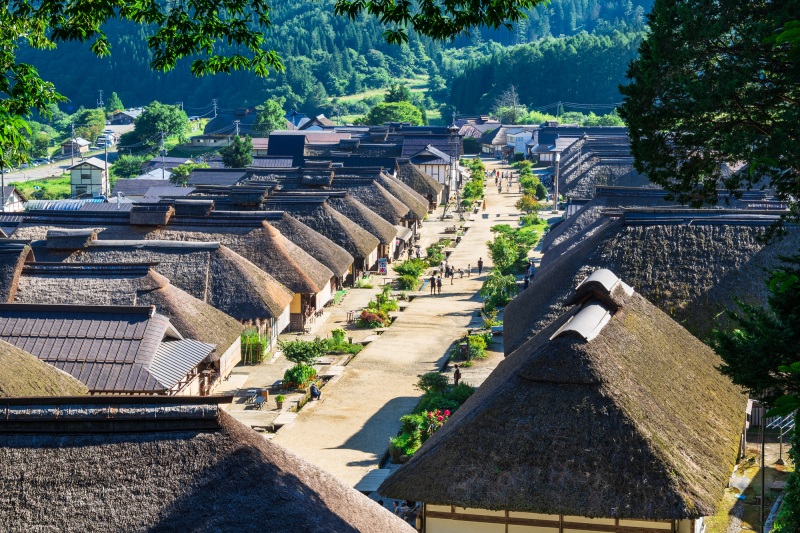
Ouchijuku
Ouchijuku was a flourishing post-town in the 17th century. The town’s traditional buildings are now officially protected. Visitors can travel back in time to the Edo period as they walk along the row of thatched-roof homesteads. Traditional lifestyles can be seen inside the houses with various displays such as old-fashioned Irori fireplaces and the homewares of the era.
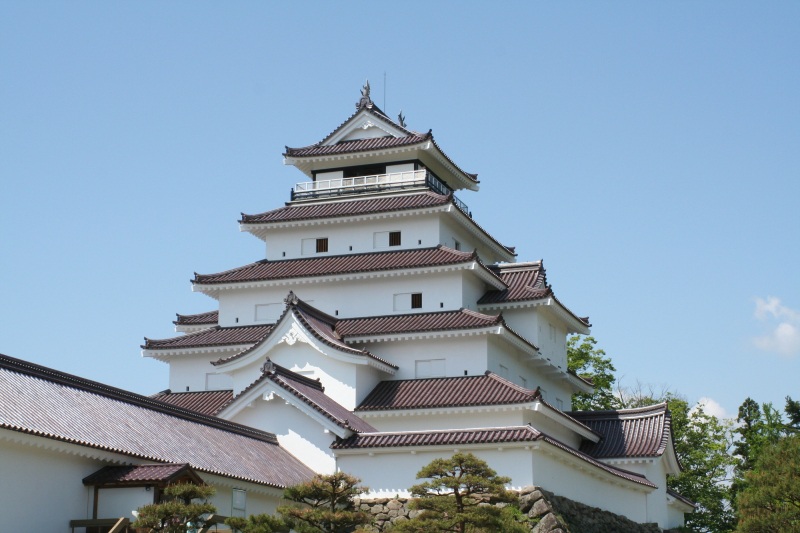
Tsuruga Castle
The castle has undergone additional repairs since being reconstructed in 1965. Reroofing work was completed in 2011 to reproduce the look of the 17th century castle. Selected as one of Japan’s most famous 100 castles, it is the only existing castle with red tiled roofs in Japan. The stone walls of the castle tower survived the devastating 1611 earthquake and today stand in their original form.
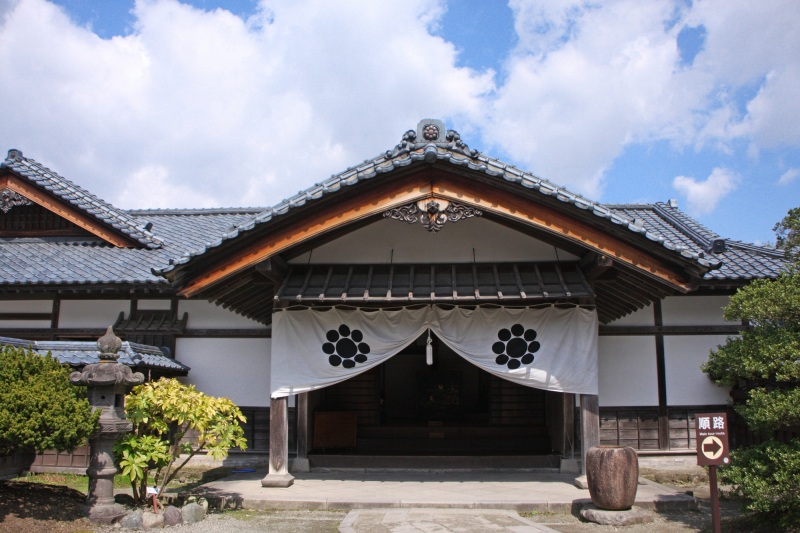
Aizu Bukeyashiki (Samurai Residence)
Aizu Bukeyashiki is a historical site of reconstructed samurai residences of the Edo period. The preserved buildings include the residences of the former chief councillor Tanomo Saigo, a magistrate’s office and a replica of the tearoom “Rinkaku” of Tsuruga Castle.
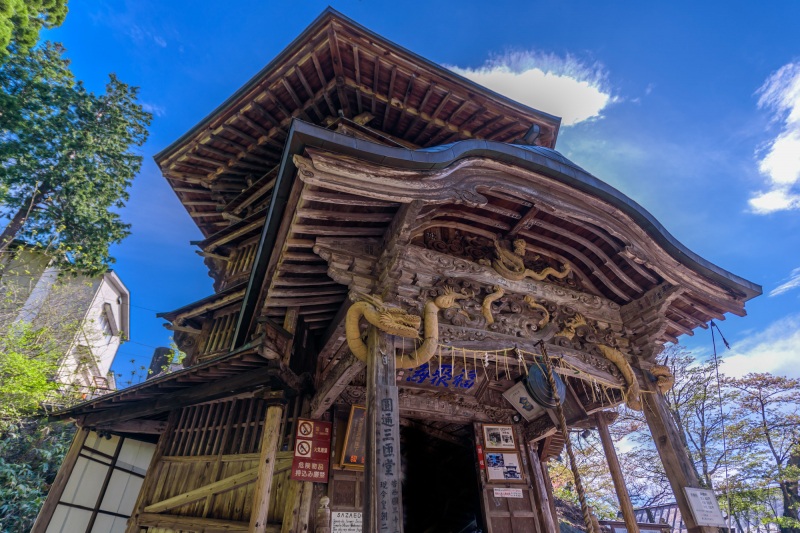
Sazaedo
Sazae-do is a three-storied, hexagonal pagoda with the look of an optical illusion. Officially called “Entsu Sansodo”, the temple is known by the nickname “Sazae-do” as its shape resembles a turban shell. The double-helix wooden structure is the only one of its kind in the world and has been designated an Important Cultural Property.
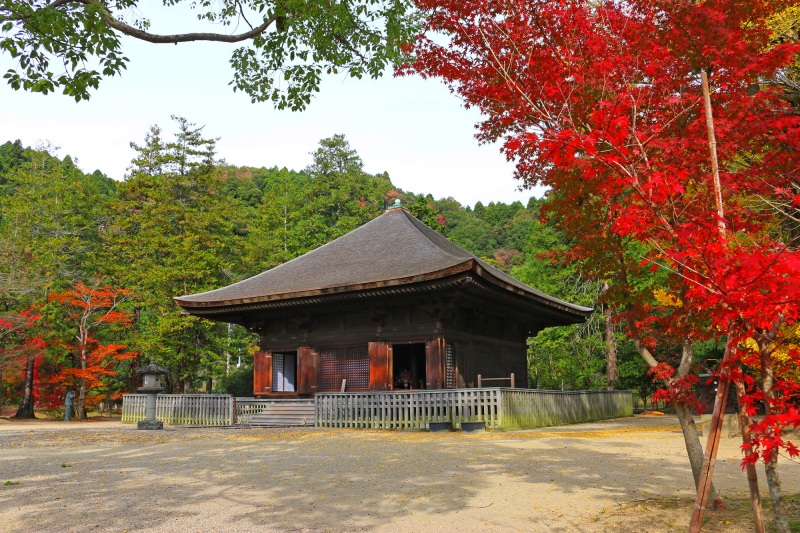
Shiramizu Amidado Temple
The national treasure of Shiramizu Amidado Temple survived the great fires of Japan’s 12th century civil wars and today visitors can enjoy the temple along with the Pure Land Garden, a popular garden in the style of the Heian period, a recognised national historic site.
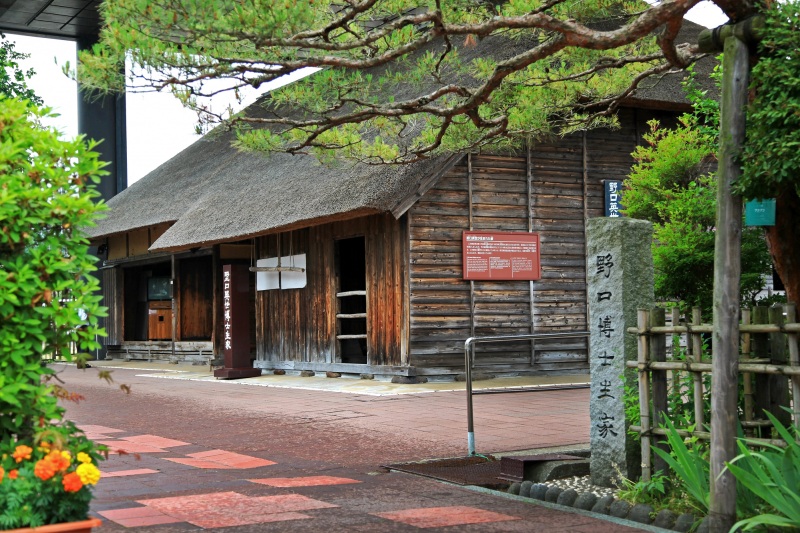
Hideyo Noguchi Memorial Museum
This museum is dedicated to Hideyo Noguchi, an acclaimed bacteriologist from the town of Inawashiro, Fukushima, and introduces his life and achievements. He was nominated three times for the Nobel Prize and his portrait is commemorated on the Japanese 1,000 yen note.
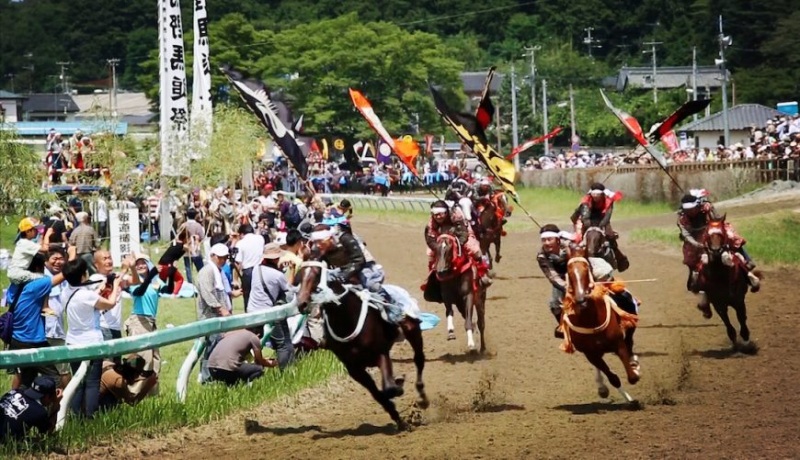
Soma Nomaoi
Soma Nomaoi, a ritual dating back over a thousand years, takes place in Baryo Park from Saturday to Monday on the last weekend of July each year. The highlights of the celebration are held on Sunday including a procession of knights in armour parading through the town’s streets, a 1,000m race involving ten horsemen and a horseback flag competition.
Onsens in Fukushima
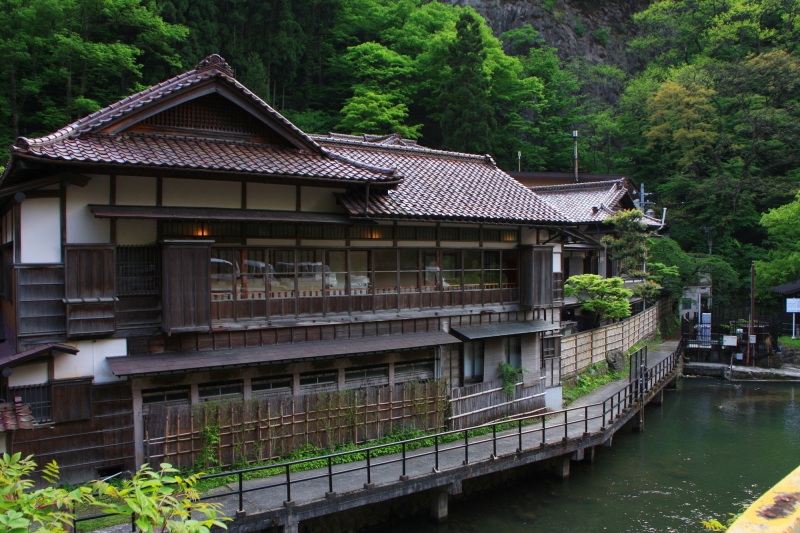
Higashiyama Onsen
Higashiyama Onsen is one of three renowned hot springs in Tohoku along with Kaminoyama Onsen and Yunohama Onsen in Yamagata. A 10-minute drive from the centre of Aizuwakamatsu, Higashiyama Onsen is situated amid a rich natural scenery of spring cherry blossoms, lush summer greenery, autumn leaves and snowy winter scenes. This Onsen town stirs nostalgic feelings thanks to its row of traditional inns along the river, a traditional shooting range and small waterfall.
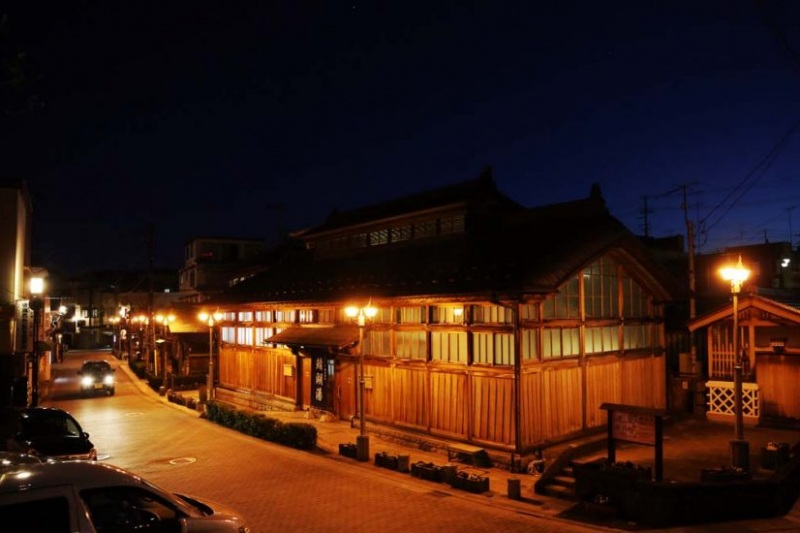
Iizaka Onsen
Iizaka Onsen was one of three popular hot springs in the ancient Oshu region along with Naruko Onsen and Akiu Onsen in Miyagi. With a long and honourable history, legend has it that Takeru Yamato (a mythological hero) came here for hot spring treatment in the second century. In more modern times many writers and poets have been among the town’s visitors including Basho Matsuo, Shiki Masaoka and Akiko Yosano.
Fukushima’s culinary highlights
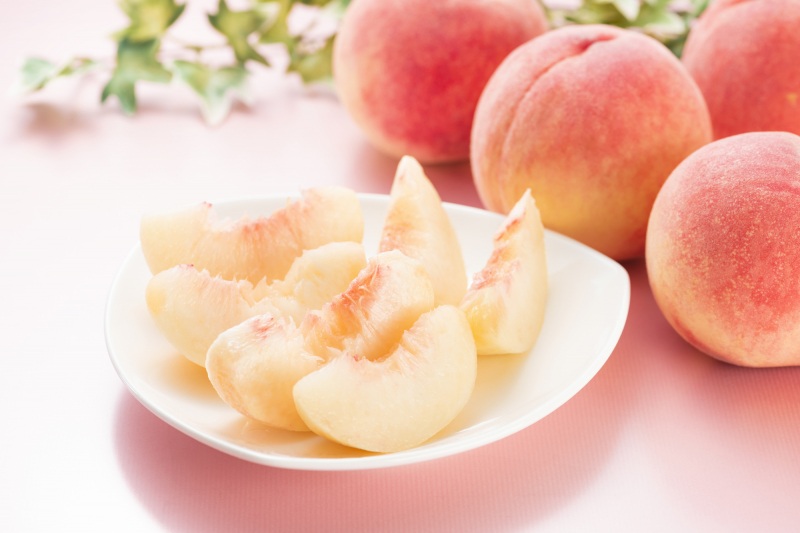
Peaches
Fukushima prefecture is known for its fruit production. Among the wide variety of locally grown fruits, the region’s juicy peaches are the star attraction thanks to their fine texture and sensational sweetness. There are a number of fruit farms offering pick-your-own fruit experiences located along Prefectural Route 5, also known as the “Fruit Line”, and Route 13, known as the “Peach Line”. Pick-your-own peach experiences are available from July to October depending on the farm.
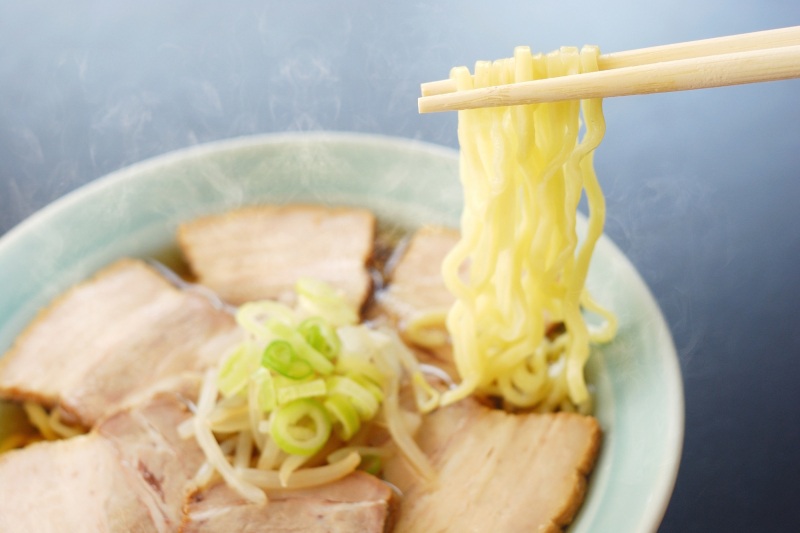
Kitakata Ramen
Kitakata Ramen originates from the city of Kitakata in Fukushima. As many as 120 ramen restaurants are lined along the city’s streets, some of which open early in the morning offering their local customers Ramen for breakfast. This custom of eating Ramen in the morning is affectionately known as “Asa-Ra” (morning Ramen). Each restaurant has a unique style of Kitakata Ramen usually consisting of thick, flat and curly noodles with a tender slice of roasted pork served in a clear, soy sauce-based soup.
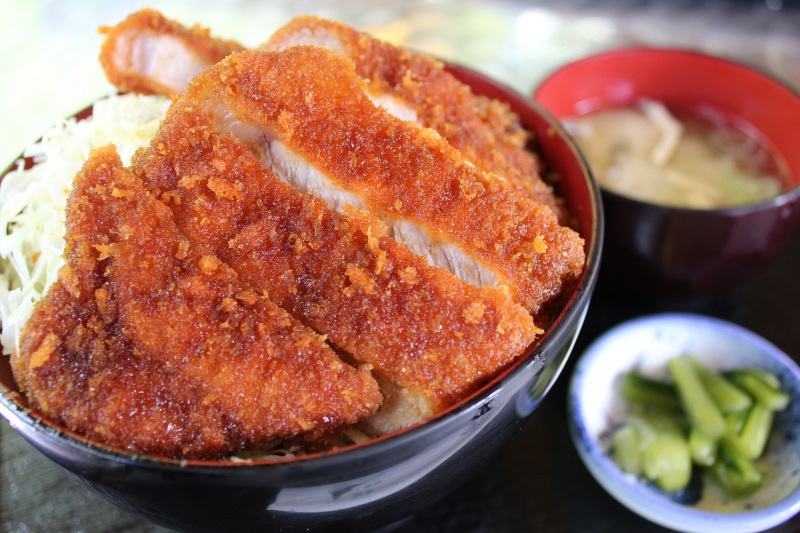
Aizu Sauce Katsu-don
Katsu-don is a nationally popular dish of a deep-fried pork cutlet (Tonkatsu) simmered in a dashi stock with onions and eggs and served over a bowl of rice. Aizu Sauce Katsu-don, a local specialty of the Aizu region dating back to the Taisho period, has a unique recipe. A bowl of rice is topped with shredded cabbage and Tonkatsu dipped in a special thick sauce. The crispy Tonkatsu and crunchy cabbage perfectly match the sauce-drizzled rice, satisfying both appetite and mind!